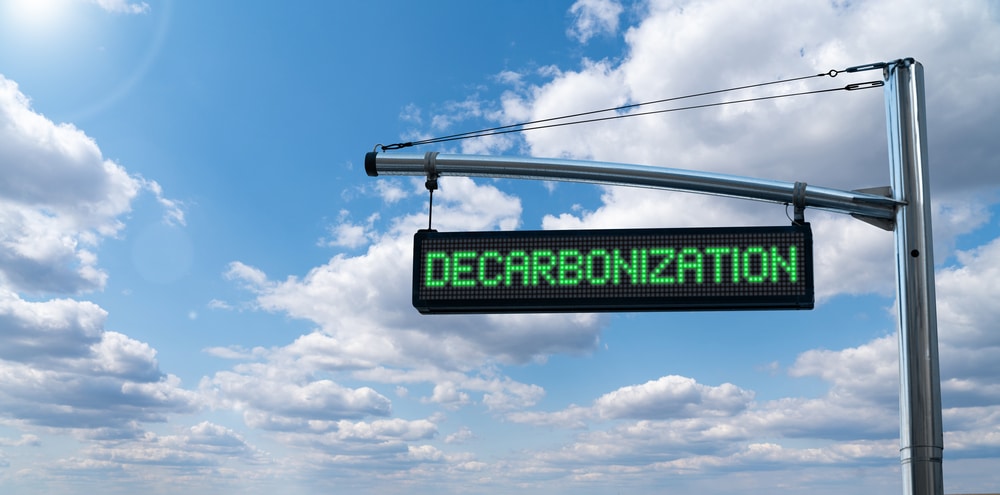
The market for steel has been at a high since the Industrial Revolution. However, without changes in the production process, carbon emissions may remain out of control. Currently, several innovative plans are underway to reduce the environmental impact, while allowing the steel industry to keep growing. Decarbonization refers to the process of reducing carbon in the atmosphere. Carbon dioxide released from manufacturing can have a catastrophic impact on the environment. Many enterprises are now aiming to reduce their carbon loads and even reach a net zero carbon emission in the coming decades.
How to Decarbonize Steel
To achieve decarbonization goals, greenhouse gasses will need to be reduced during the production of goods and materials, as well as reabsorbed from the atmosphere by capturing current emissions. Both materials and the means of manufacturing need to change to achieve decarbonization.
Policy Change
Coal and its byproduct carbon dioxide are largely involved in the chemical process in which iron is extracted from iron ore. The process of decarbonizing the steel industry begins with the policies surrounding its creation. Several manufacturing sites around the world have begun programs to actively reduce and even eliminate their carbon emissions.
One of the ways they’ve implemented the policies is by using electrolytic baths to extract iron. This method doesn’t produce carbon emissions because it derives its power from electricity, which extracts the oxygen from the source to create iron.
Hydrogen-Assisted Ore
Another innovation on the horizon is the use of hydrogen-assisted ore reduction. Hydrogen replaces the use of fossil fuels in ore extraction for steel production with minimal to potentially zero emissions. Many companies are now experimenting with this route of production.
Most other potential solutions only reduce carbon emissions, but hydrogen ore extraction has the ability to minimize the current emissions to nearly zero, making it the most attractive option for the industry’s future.
Reuse Not Recycle
After the lifespan of steel has been reached, many companies may opt to recycle their steel. Contrary to popular belief, this actually isn’t the best option because the process of melting the steel and remolding it emits a large amount of carbon.
The best option for used steel is to reuse it directly. Large steel-reliant industries are now researching how they can keep steel in its original shape and still re-engineer it to be used as new parts. Steel is also now being produced with this end in mind in some enterprises.
By creating steel components that need minimal change for reuse and by adjusting steel specifications, much of the potential carbon byproduct can be decreased.
Reasons for the Decarbonization Push
There are a number of factors playing into the global push toward decarbonization.
Public Demand
Consumers are more aware than ever about the effects of consumption and climate change. This pressure has driven companies to find ways to ensure their products are sustainable.
Top steel consumers and suppliers, like the automobile and construction industries, have made great strides in their plans for reducing or even eliminating carbon emissions within the next few decades.
Increased Regulations
Pacts like the Paris Agreement and the European Green Deal help keep countries accountable for their emission rates. Change in policies and monetary incentives for innovation are two major ways businesses and governmental agencies are taking charge.
Interest in Environmental Sustainability
It’s not only consumers who are interested in improving the planet. Public interest groups and investors have also pledged money to help change business practices in the steel industry. The future economic value of steel is dependent on the ability for the industry to adapt and eventually fully decarbonize its production.











